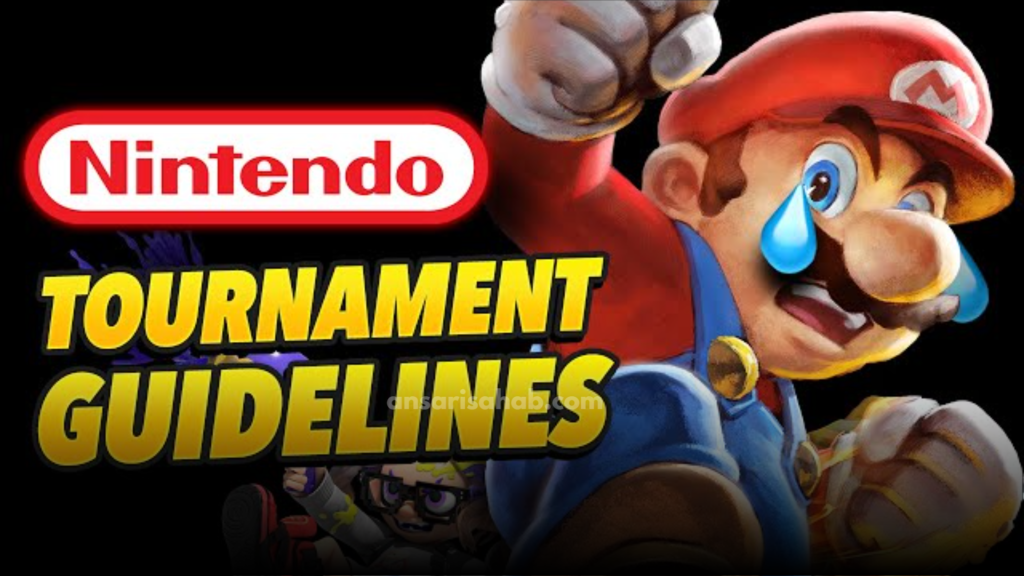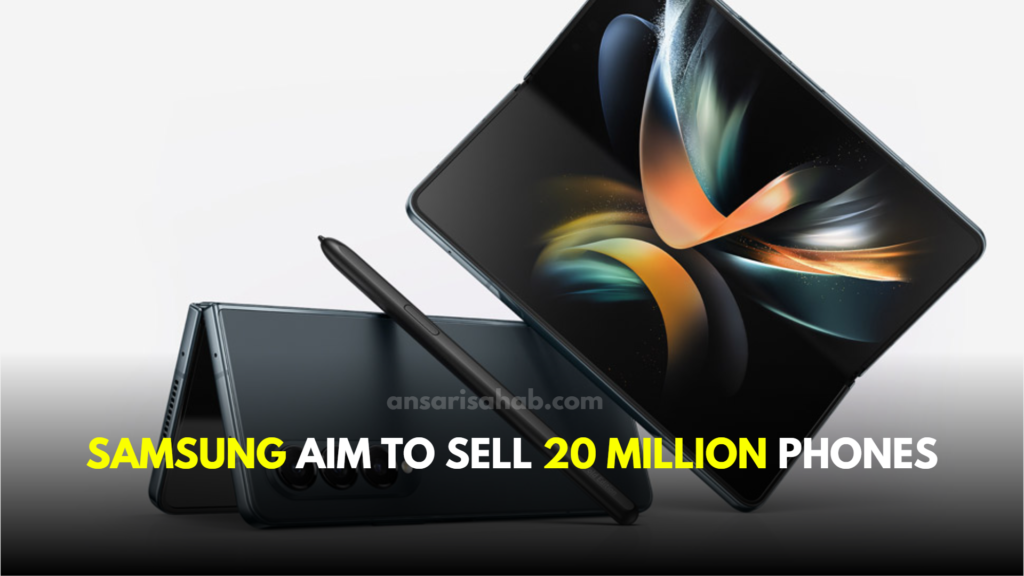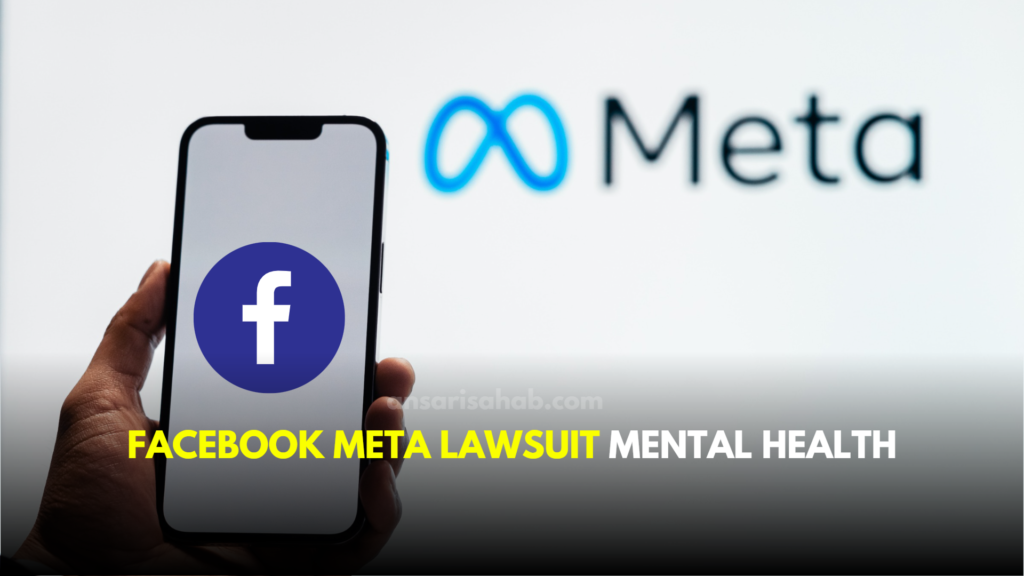Small businesses in the United States are facing a critical inflection point as the latest Instagram algorithm updates significantly alter content reach and engagement dynamics. To remain competitive, they must understand how these changes work and adapt their strategies accordingly — especially if they want to increase Instagram algorithm updates to their advantage in 2025.
What’s Changed: The New Instagram Algorithm Landscape
In 2025, the platform formerly known as Instagram moved beyond simple chronological feeds and “like-based” signals, embracing a more complex set of ranking systems tailored for business accounts and creators. According to a detailed overview by Later, Instagram explains that “the algorithm is a variety of classifiers, each built to prioritise what a user will find meaningful” — including metrics such as saves, shares and completion rate.
Another marketing-analysis piece observed that business and creator accounts must now “work with behavioural signals, and strategic planning” because “Instagram performance metrics for businesses in 2025 have shifted toward deep behavioural analytics: post saves, link clicks, comment depth.”
What this effectively means: small-business marketers can no longer rely on posting visuals and hoping for reach. They must be intentional, data-driven and optimised to handle these Instagram algorithm updates if they want visibility.
Why These Instagram Algorithm Updates Matter for Small Businesses
Impact on Visibility and Reach
The core of the issue: if your content doesn’t satisfy the updated algorithm’s criteria — such as meaningful engagement, format variety and consistency — it may reach far fewer of your followers or appear less in Discovery features. According to Sprout Social, Reels posted by brands in 2025 achieved an average engagement rate of 2.46%, significantly higher than static posts. For small businesses, that gap in engagement can translate into fewer leads, less brand awareness and ultimately fewer conversions.
Shift in Content Strategy
The Instagram algorithm updates force a shift: from static posts and one-off campaigns toward multi-format strategies (Reels, Carousels, Stories) with strong hooks, interactive stickers and community engagement. Business accounts that ignore the new signals (saves, shares, audio usage, completion rate) risk being demoted.
Resource Allocation and ROI
Because algorithm changes affect how and where content is surfaced, small businesses must allocate resources differently: investing in short-form video, analytics tools, consistent posting cadence, and potentially paid boosting. Making sense of analytics and measuring true business impact becomes essential — not just counting likes.
Competitive Advantage
Those who learn to leverage these Instagram algorithm updates early gain competitive advantage. Business accounts that optimise for the new system can reach new audiences, boost organic reach, and ultimately outperform competitors still using legacy tactics.
How Businesses Are Responding: Strategies That Work
Embrace Multi-Format Content
Successful small businesses now treat Reels as a first-class content type rather than an afterthought. The algorithm rewards completion rate, early engagement and trending audio. Mixing Reels with carousel posts and Stories builds both reach and depth.
Encourage Meaningful Interactions
Rather than generic CTAs, brands that ask followers to “save this for later”, “tag someone who needs this”, or “share your story in comments” are better aligned with the algorithm’s preference for depth and engagement.
Optimise for Search & Discovery
According to Later’s 2025 guide, Instagram emphasises search-friendly captions, keywords and alt texts. Small businesses that optimise their profile, hashtags and post copy for discoverability benefit from algorithm updates designed to surface content to new users.
Consistency & Testing
Frequent posting and rapid experimentation are critical. The algorithm tracks interaction history and consistency. For example, whether a user interacts often with your account impacts future visibility in their feed.
Analytics and Attribution
Brands must link Instagram performance to real-world outcomes: website clicks, conversions, DMs, sign-ups. Vanity metrics alone don’t capture impact. Analytics that show which content types aligned with algorithm updates help justify investment.
Challenges and Considerations for US Small Businesses
While the opportunity is clear, there are obstacles. Small businesses often have limited resources: staff, content production budget and analytics tools. Learning to create short-form video and optimise for Instagram’s updated signals can be a steep learning curve.
Additionally, the Instagram algorithm updates mean there’s less predictability in reach — relying solely on organic visibility can be risky. Many small businesses still need to budget for paid promotion to guarantee exposure.
Finally, constant algorithm change means strategies may need regular revision. What works today might not work next quarter. Business owners must stay agile and informed.
What This Means for Marketers and Brand-Owners in the US
For U.S. small-business marketers, the main takeaway is this: paying attention to Instagram algorithm updates is no longer optional — it’s foundational. By designing content strategies that reflect how the algorithm now works (engagement depth, multi-format, search optimisation), brands stand to increase reach, engagement and business impact.
If you’re managing a small business Instagram account:
- Audit your recent posts: what percentage are Reels vs static? What is your save/share rate versus likes?
- Re-allocate some budget/time into short-form video and community-focused posts.
- Set clear metrics tied to business outcomes (website traffic, conversions) and track which content types succeed under the updated algorithm.
- Stay informed: algorithm updates evolve rapidly, so continuous monitoring and learning matter.
Conclusion
The Instagram algorithm updates of 2025 have reshaped how visibility, reach and engagement work — especially for small businesses in the U.S. Those who adapt by aligning their content strategy with the new signals, formats and optimisation needs will find themselves better positioned in a competitive social-media landscape. In essence: mastering these algorithm updates is a smart step toward sustained growth and meaningful audience connection on the platform.









